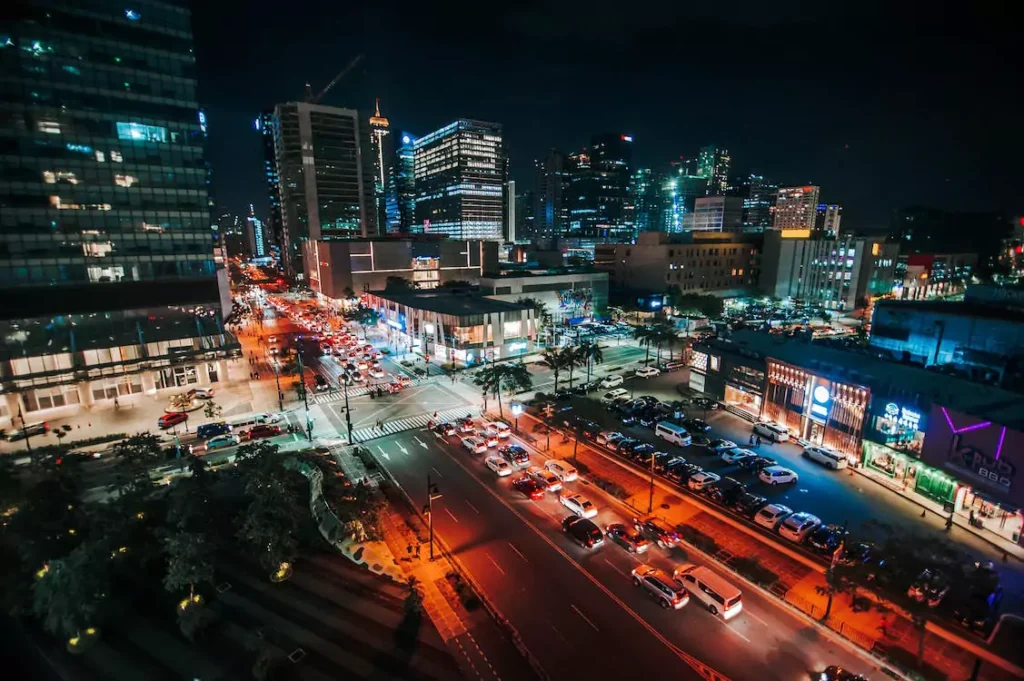Introduction:
S&P Global Ratings, a renowned authority in assessing economic trends, has recently released its insights on the economic outlook for the Asia-Pacific region. This article delves into the key takeaways from S&P’s report, with a particular focus on the deceleration of China’s economy and its implications for the broader region. Additionally, we explore how the Philippines, in light of these developments, faces both challenges and opportunities for economic growth.

China’s Economic Slowdown: Implications for Asia-Pacific
S&P Global Ratings predicts that China’s growth rate will decline to 4.8% in 2023 and further drop to 4.4% in 2024. This deceleration is attributed to decreasing consumer confidence, among other factors. As China plays a central role in the Asia-Pacific economy, this slowdown is anticipated to have a ripple effect on neighboring countries.
Mixed Bag of Economic Performances
While China’s economic slowdown raises concerns, other countries in the Asia-Pacific region display varying levels of resilience. The domestic stability in some nations has led to improved growth estimates. For 2023, growth forecasts stand at 3.9%, and for 2024, they remain at 4.4%. Notably, India’s GDP recorded a significant 7.8% year-on-year increase, showcasing its economic strength in the region.
Global Context and Risks
The article also touches upon the global context, highlighting that the US and Europe are expected to achieve soft economic landings. However, risks persist, especially concerning inflation. Elevated US interest rates could potentially affect Asia-Pacific markets and currencies through early 2024.
Philippine Economic Prospects
In the midst of these regional economic shifts, the Philippines is faced with its unique challenges. S&P Global Ratings predicts that the country’s economy will likely expand by 5.2% in 2023, lower than previous forecasts and the government’s target of 6-7%. High inflation and the impact of monetary tightening are cited as dampening factors.
Inflation and External Factors
The article also examines the inflation outlook for the Philippines and the broader Asia-Pacific region. Inflation is expected to average 5.8% in 2023, with a slight decrease to 3.2% in 2024. The recent spikes in international prices of oil and food are contributing to inflationary pressures. Furthermore, the El Niño weather pattern may persist until 2024, potentially affecting agricultural activity and food prices.
Challenges and Optimism
While the lower growth outlook poses challenges for the Philippines, economists express cautious optimism. They anticipate improvements in government spending in the second half of 2023 and suggest that the burden of spurring growth may fall on government initiatives.
Conclusion
As we analyze S&P Global Ratings’ insights, it becomes evident that Asia-Pacific economies are navigating through a dynamic economic landscape. China’s slowdown raises questions, but domestic resilience and robust demand provide a silver lining. The Philippines, in particular, faces hurdles but remains hopeful in achieving its economic targets amid these shifting tides.
